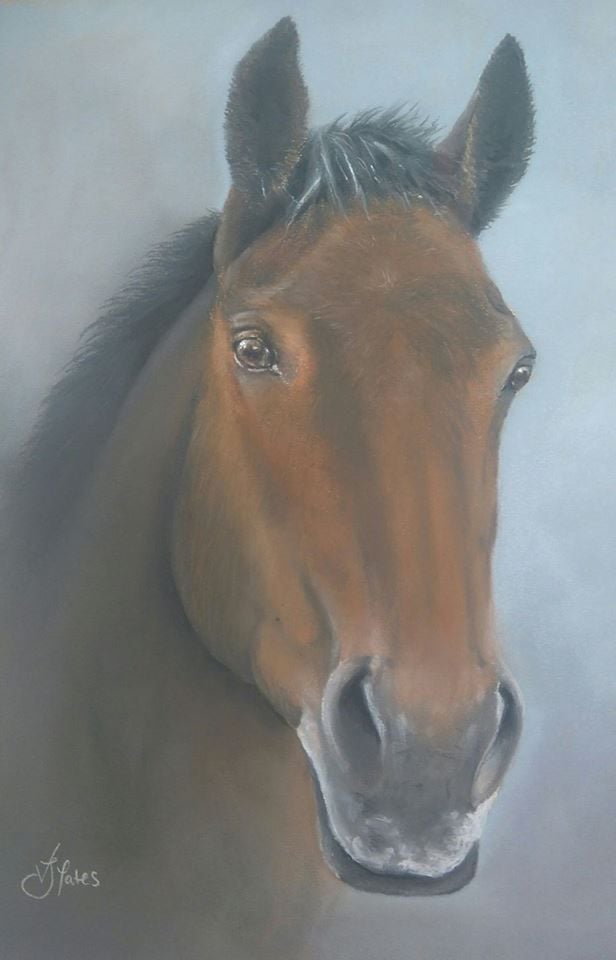Trust and Trustworthiness + Respect and Respectfulness = A Healthy Relationship
Posted on
Sadly many of people live in unhealthy relationships that are damaging to mind, body, spirt and soul. So do many horses. A healthy relationship no matter if it is between people, or a human with a horse involves: love, respect, trust, and consideration for each other.
Trust in one’s self and each other is a foundation stone in any relationship. We all appreciate relationships that are reliable, honest and truthful. Trust is belief in another’s integrity. When we open up to trusting another we are vulnerable as we can easily be let down and hurt. Trust can take time to build. And actions of another can shatter trust in minutes. There is no quick fix once trust has been broken. How many of us live with or have daily interactions with other people where trust is broken? How does it impact on your interactions? What strategies do you have to put in place to live your life? How does it long term effect your physical and emotional wellbeing? Sometimes, when trust is repeatedly broken it is the end for some relationships. Humans have the freedom to leave or abandon unhealthy relationships. A horse has no choice but to endure until the human decides to part with the horse. There is no surprise that if trust and trustworthiness are issues within our own species that it surfaces in horsemanship too.
Broken trust is often just the tip of an ice burg as it is one sign of an unhealthy or even an abusive relationship. Abuse is easy to spot when there is violence. However abuse comes in many forms; controlling behaviour, manipulative behaviour, emotional abuse, intimidation, putdowns, betrayal, mistreatment, disrespect, lack of compassion and empathy, etc…. Plenty of horses come to us with trust issues from the hand of a previous owner. Sadly many are not treated respectfully and have been harmed physically or emotionally by another person. Some abuse is rife and is considered acceptable and normal in regard to management and training of horses. In extremes horses develop many behavioural strategies to survive including the sad souls of learnt helplessness.

2 legs or 4 we are sentient beings who need someone to listen to understand and support without judging. Be compassionate, act with empathy. No living creature was born to be mistreated. With a damaged horse we have to demonstrate we are trustworthy; have integrity, honesty and commitment to a relationship with the horse. We have to demonstrate we are deserving of trust, that we keep or promises, are dependable and reliable; as it takes huge courage for an individual to try trusting again. Once trust has been broken it is natural to develop coping mechanisms or pay the price with physical or emotional wellbeing. Some of these coping behaviours will be deeply embedded and reinforced. At best an individual will be sceptical. So will not be easily convinced and have doubts and reservations. The default will be cautious, to mistrust and have a questioning attitude. The instinct will be to check out your motivations, your intent and there will be a sharp evaluation and any incongruence will rattle them. They will have to travel from a negative position of no through a considerable amount of consideration and maybe to arrive at yes.
At worst the individual will not want to engage with you. There will be resistance, and even hostility or aggression, as attack is the best form of defence. My Merlot was at this point when I purchased him from an abusive home. He had a host of behaviours to make humans go away. These included rearing, biting, kicking and general aggressive threats.
This is what I learnt from Merlot in regard to building trust.
- To demonstrate without any doubt I was reliable, dependable, honest, consistent, committed and trustworthy.
- To listen to him to understand.
- To be open to honest two way communication. For our interactions to be open dialogue. To be open to his criticism.
- Take time, as much time as we needed.
- Be dedicated. I had to demonstrate to him no matter what I was someone he could always count on.
- Invest in the relationship. To truly know each other personally is essential.
- Not to take things personally. His behaviour that was linked to the mistrust issues he carried from his previous owner.
- Not to dismiss his issues but help Merlot to unpack them.
- That love was always at the centre of all our interactions.
- Above all I had to demonstrate industrial quantities of integrity and unwavering loyalty.
Sadly as a species, humans do not have a great track record for trustworthiness. We can all relate to once bitten twice shy with those who have broken trust. So I am not saying we should blindly trust in one another as clearly there are people who cannot and should not be trusted. Actions in resolution to mending broken trust will tell you if these people place a value on the relationship they damage. So I suggest once can be a mistake, twice maybe an error in judgement, but anyone who repeatedly breaks your trust you should be careful in allowing their influence in your world.
This is a lesson for us to think about in regard for how much we ask our horses to trust in us. If we want that trust we must be trustworthy. Horses give us the opportunity to truly learn to trust in ourselves, in each other and the personal qualities it takes to be trustworthy. We can take these lessons forward into all our interactions, which could open up a world that is for the betterment of humanity and horses.
Add a comment: